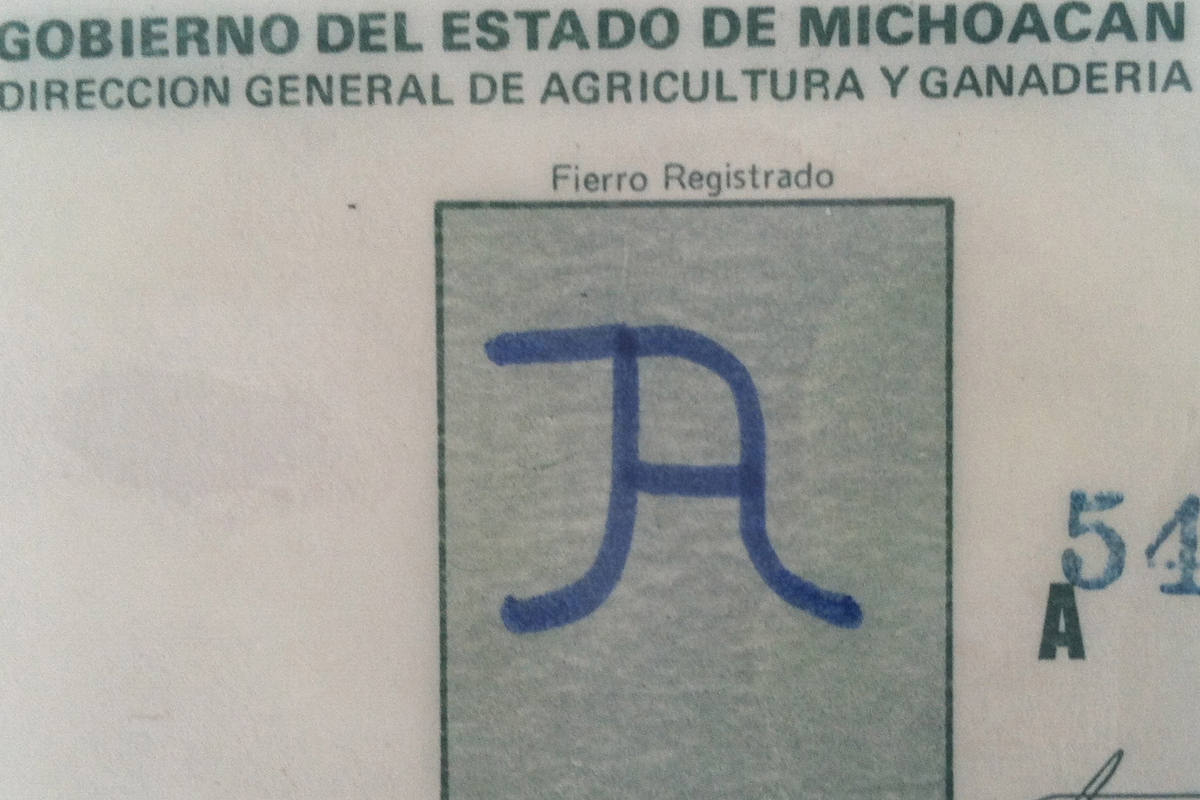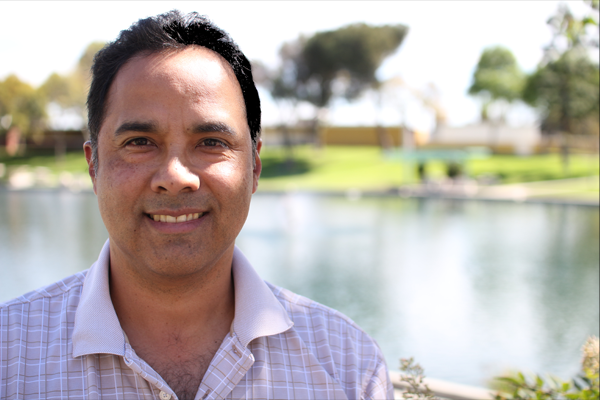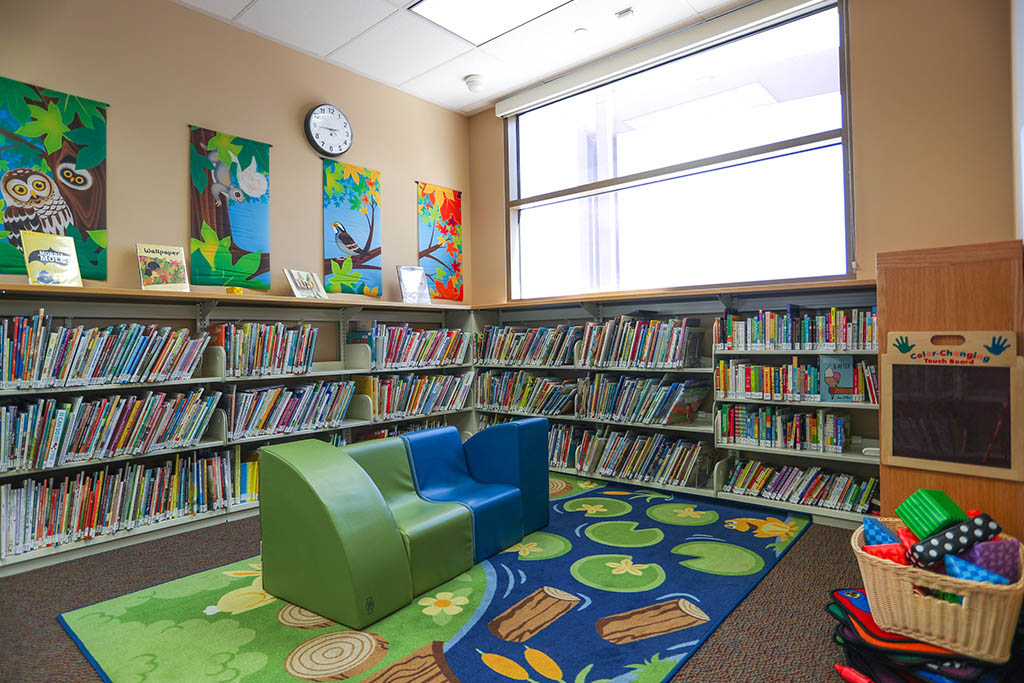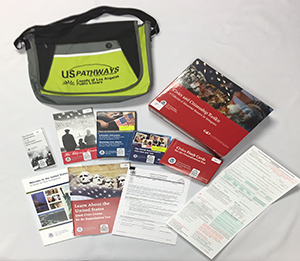Charro of Caratacua

It was not what I expected, a day at the beach, waiting for the sunset.
The day before, my grandfather arrived at our front patio after being picked up at the airport, wearing a sheepskin jacket, stubbly faced, looking frail and gaunt, but with a big smile when he heard my voice greet him at the door.
“Hijo, eres tu?” He said, extending his arms out toward my voice.
I responded it was I and asked how he was. Fine, he said, still kicking. He then asked about my mother.
I hadn’t seen him in years. I’d heard he’d been sick in Mexico and thought about asking him what that was all about. Instead, I just accepted he was well enough to make the trip like always. Still, he was an old man now, weak, and, unlike the memories of my youth, a shadow of his former self, a horseman from Mexico.
We’d be spending the next day together before he’d have to leave to visit other relatives in California. As we chatted over dinner I asked him what he wanted to do the next day. Picnic at Santa Monica beach, he said. After dinner I rushed to the grocery store to get the snacks he’d asked for. Along the way, as I stared at his shopping list, I puzzled at his requests.
I had trouble picturing this charro from the small village of Caratacua, Mexico, dressed in botas, sarape, sombrero, and tapabalazos, at the beach. He was far from that village where he grew up, where he rode his horse through the hills of the family ranch, Xaratanga, herding sheep or cattle for a good part of the first half of the 20th century.
Early on he took to herding livestock from Mexico’s Tierra Caliente, a wild, remote, and hot corner of the Pacific coast state of Michoacán, back to Caratacua. The Hot Land was a tropical, fertile place that grew avocados and melons. But it was also a dangerous place most would avoid. Extreme heat and drenching humidity halted many travelers, and bandits or jaguars pounced on unsuspecting travelers and livestock.
Yet feeding his growing family pushed him on. To him it became a commute; his travel companion was a Mauser rifle, always at his side. He regularly made the trek of over 50 miles into the Hot Land to buy cheaper livestock that he could sell for a profit in Caratacua.
His branding iron design, a stylized “A,” became a common sight on local livestock, particularly on cattle. He liked to keep the best of the bulls to breed on his ranch, giving them names like “Billete” (money bill) and “Cajera” (cashier).
But breeding cattle wasn’t enough to get by with a large family, so he contracted for temporary farm work in the United States under the Bracero program. He traveled many times back and forth between Caratacua and the United States, leaving his family for months at a time but always returning, bringing gifts, money, and stories.
Perhaps no one more eagerly anticipated his returns to the ranch than my mother. He must have known because he’d faithfully bring dresses, jewelry, and Quaker Oats from the U.S. for his little girl. He discovered many new things in the U.S., which he’d share when back home.
While he was away in the United States, he also sent letters home every three months to the nearby towns of Tiríndaro or Comanja, which had post offices. He included $50 or $100 in a sealed envelope to be picked up by his wife or eldest son. That didn’t sound like much money, but it was hard earned and saved while working the agricultural fields of the United States.
He started working early in life and knew the value of money. When he was a boy, the railroad first came to Caratacua. Surveyors used dynamite to blast a path for the tracks. Local workers were hired to hand-carry away the rocks. Many died. But he worked alongside his father, Papá Camento, his strong arms moving countless stones for 18 cents a day.
So the day after he arrived in Los Angeles I drove him to the beach, and we sat on the sand, side by side staring out into the water. As I unpacked the cooler we took with us to the beach, I wondered how my grandfather could be such a happy man with such a hard life.
In his youth he was known as a handsome man, well dressed, and charismatic. My mother would tell me stories of how, as a little girl, she’d accompany him on walks from the ranch to the nearby town of Comanja for fresh bread. Local girls would soon be abuzz over him, and she’d be red with jealousy that they’d dare to take away his attention.
He wasn’t shy about having fun, too. My mother thought it scandalous that he would dance la botella with Doña Timotea, instead of with his wife, at community dances. Yes, my grandmother was not a dancer but that shouldn’t have been reason for him to dance with others. At least that’s how my mother felt.
You would never think that he was a man who believed the world would end with the coming of the second millennium. However, in the early 1940s, the Parícutin Volcano in the nearby town of Uruapan erupted with a fury not unlike the dynamite blasting of his youth. Although it was not the volcano that ultimately drove him to the U.S., it did change things.
For years, stones, ash, and lava covered the region. Many people left. My grandfather resisted abandoning his ranch. He continued to farm the land. But the volcano left its mark on those who remained. For years to come, he and his older sons would taste the volcano. As they worked the fields, they would collect limillas, a sour fruit from a shrub found in the fields, as a substitute for lemons to mix in their water cans with salt and chili. For years, the fruit was coated with ash from the volcano.
After a bit of just quietly sitting on the beach listening to the surf, I laid out the sandwiches, Twinkies, and Coke cans. I thought of what we’d talk about now, a little worried.
My grandfather took off his hat, closed his eyes, reclined his back, and began to speak unrushed, obviously enjoying the warmth that fell on his calm and smiling face. Relieved, I would ask a question here and there. But mostly he’d talk, stopping occasionally to sip his Coke. I had never really noticed that white “wave” on the Coke can until he held it up that day. He talked about his life in Mexico and his many trips to El Norte, as he called it.
Being a bracero was not easy, he said. Yes, he’d earn a few dollars a day but he was at the mercy of the harvest season, moved from one place to another like a farm implement, as needed. Housed with dozens of other such men, the canvas beds reeked of the sweat of countless bodies too tired after ten to twelve hours of daily labor to care. His back would ache and not want to straighten, a short-handled hoe to blame.
Yet, that he did not regret his travels was evident as he spoke. He provided for his family, left in a ranch in a little village in rural Mexico. Now his family had followed him out to El Norte and spread from coast to coast, he beamed, starting with a bold daughter that he could now visit in his old age.
I remember the calm of his smiling face in the light of that afternoon as the sunset fell so beautifully on the beach. But then I could also picture him an elegant charro on horseback, and as a bracero, working the soil with his strong arms that always carried home gifts to share.
I never saw him again after he returned to Mexico. He died of cancer, peacefully, I’m told. Just before the end of the millennium, he passed. Years later, I went to Mexico to visit his grave, to thank him for our last day and say my goodbye. He is buried in the land of his youth, mixed back into the soil, stones, and ashes upon which he first toiled.

November 7, 2015










